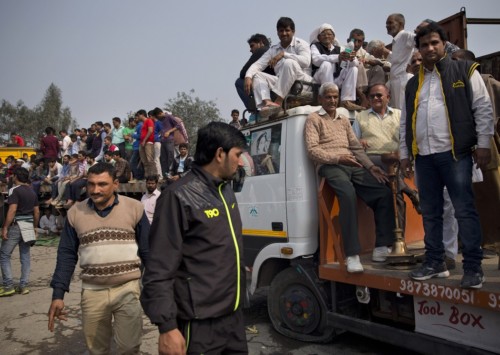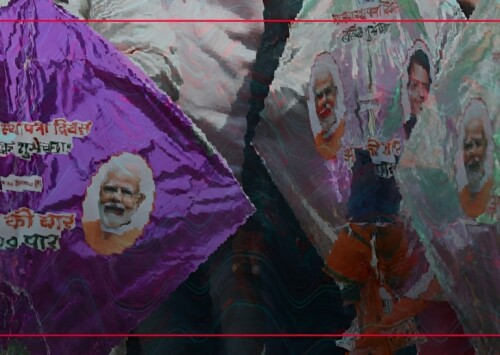Jantar Mantar home of hundreds of Indian protesters
Many voices, One place to be heard in New Delhi
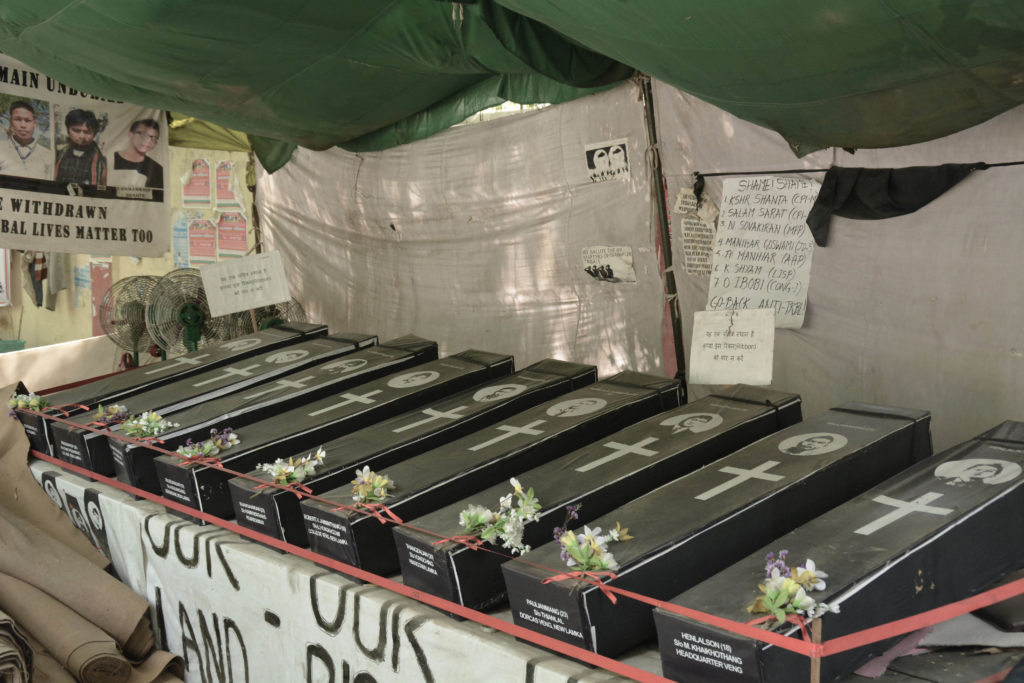
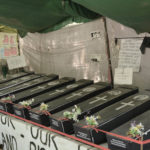
The Manipur Tribals’ Forum Delhi (MTFD) has been protesting by putting symbolic coffins of nine tribal people killed last year in Manipur (Northeast). They want to scrap 3 bills passed by the state assembly that allegedly deprive tribal people of their land rights.
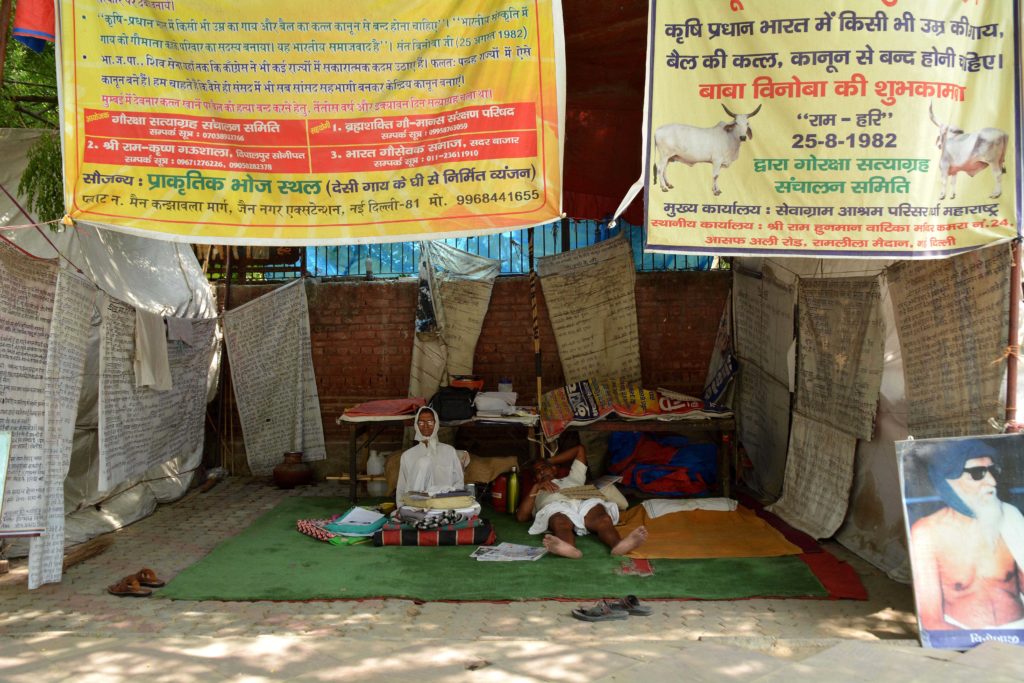
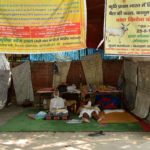
Anna Sahib Jadav, living in his small tent since last January, wants a beef ban in the entire India.
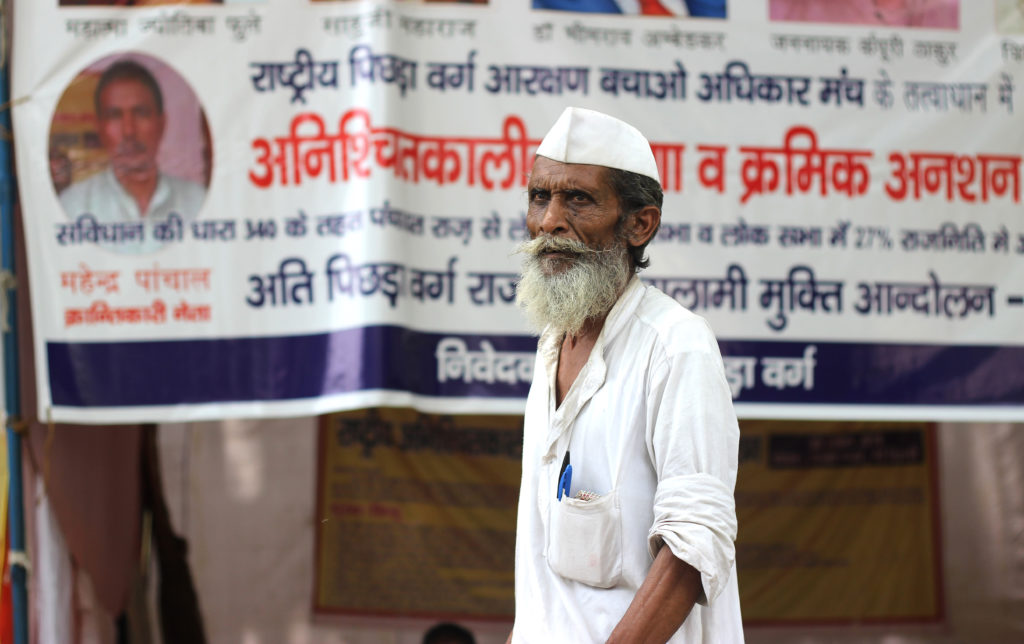
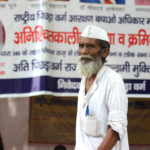
Machan, from Maharashtra (West-Central India), has been demonstrating from the last 10 years against corruption. He believes he has a unique way to make India corruption free.
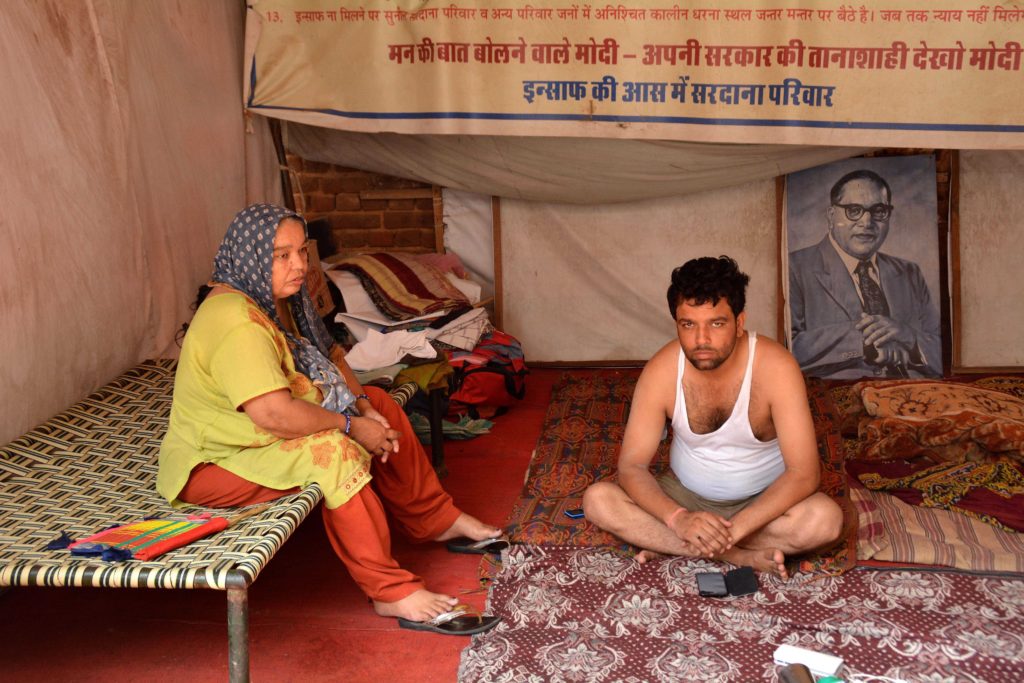
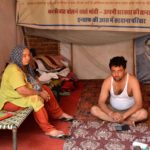
Sunil Sardanath sits with his Mother Bimla Devi, demonstrating against the Chief Minister of Haryana (North). He claims he was falsely involved into a case and jailed and asks for a CBI (Central Bureau of Investigation) enquiry.
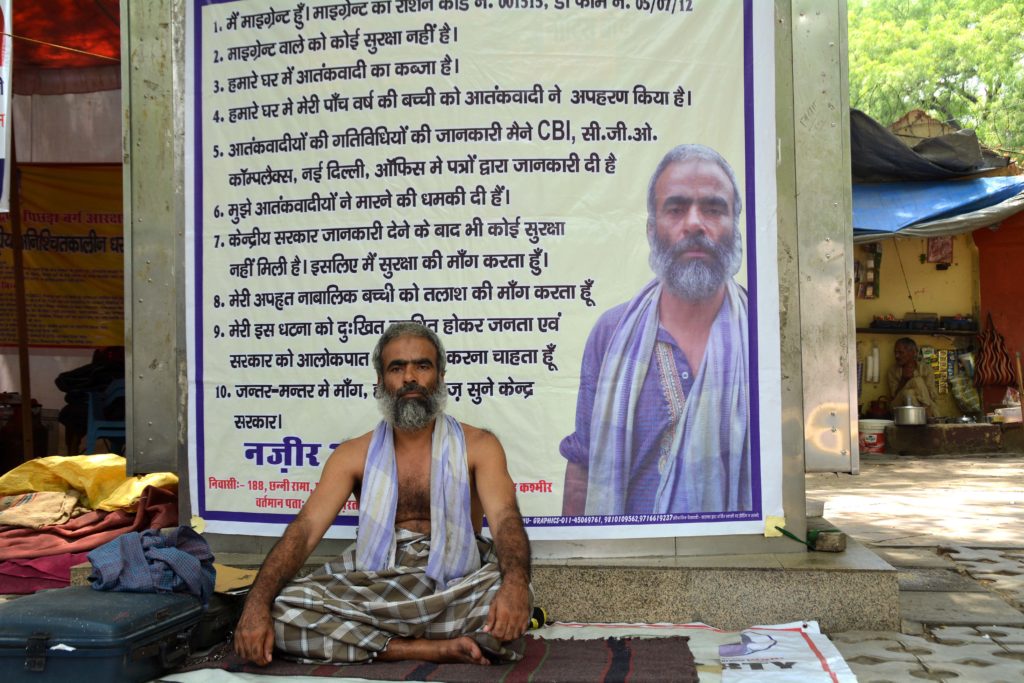
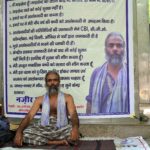
Nazir Guru, a Kashmiri migrant, demonstrates to pressure the Central government to search for his young daughter who got missing in 2005.
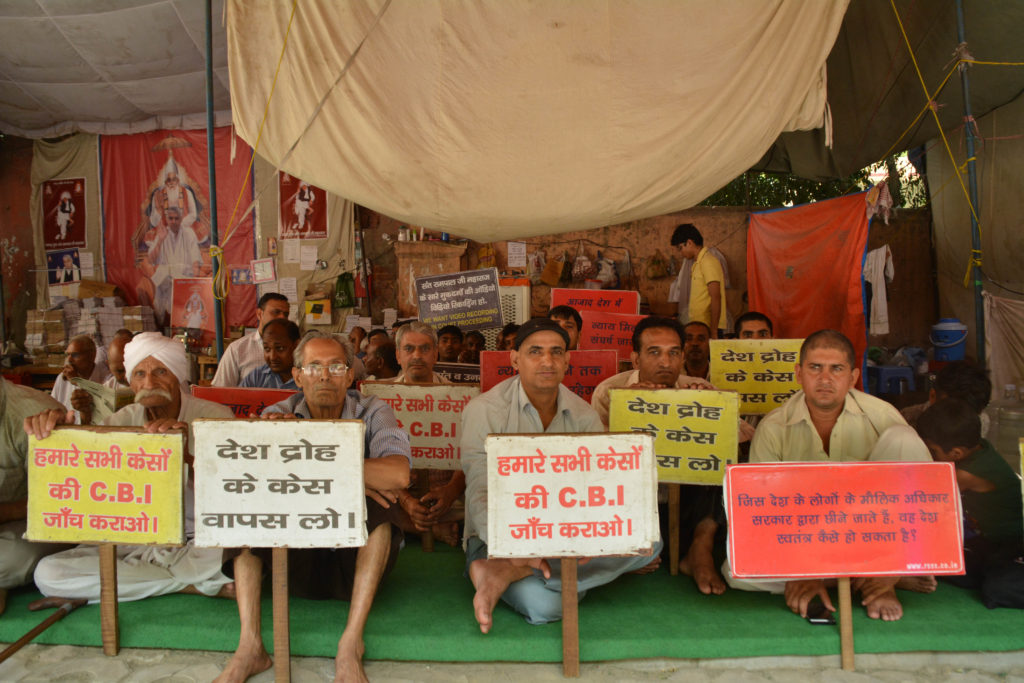
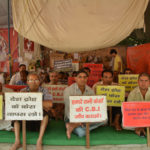
Members of the religious group Rastriya Samaj Seva Samity (RSSS) from Chandigarh (North India) demand a CBI enquiry into the case against their Guru.
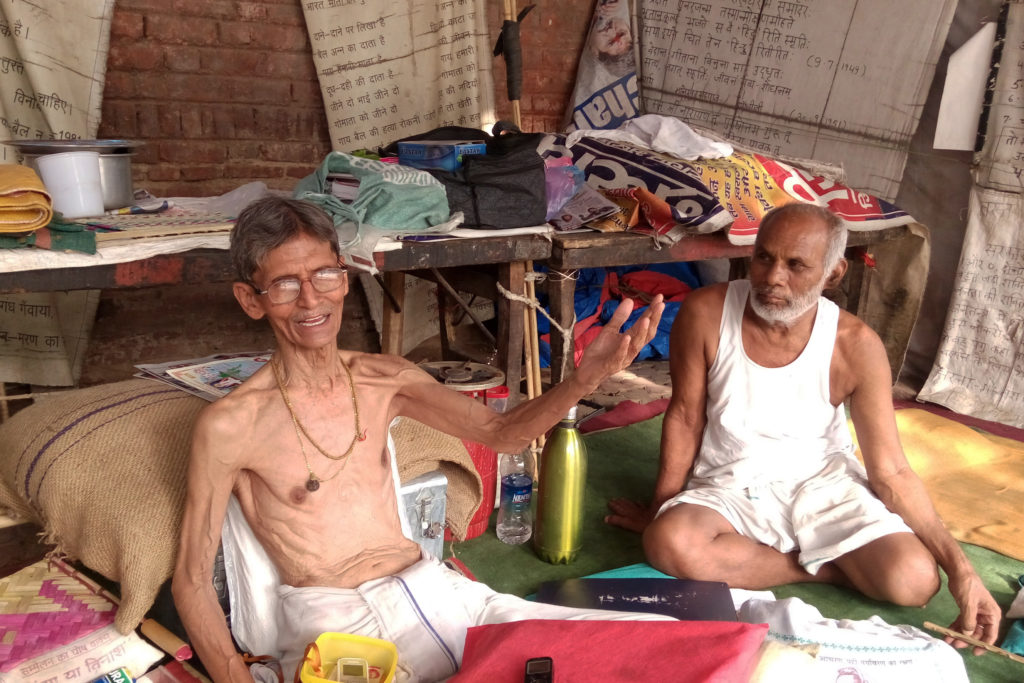
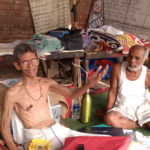
He started his protest in Mumbai (Maharashtra), his hometown, where the beef ban was already implemented over a year ago/MIG/K S Narayan
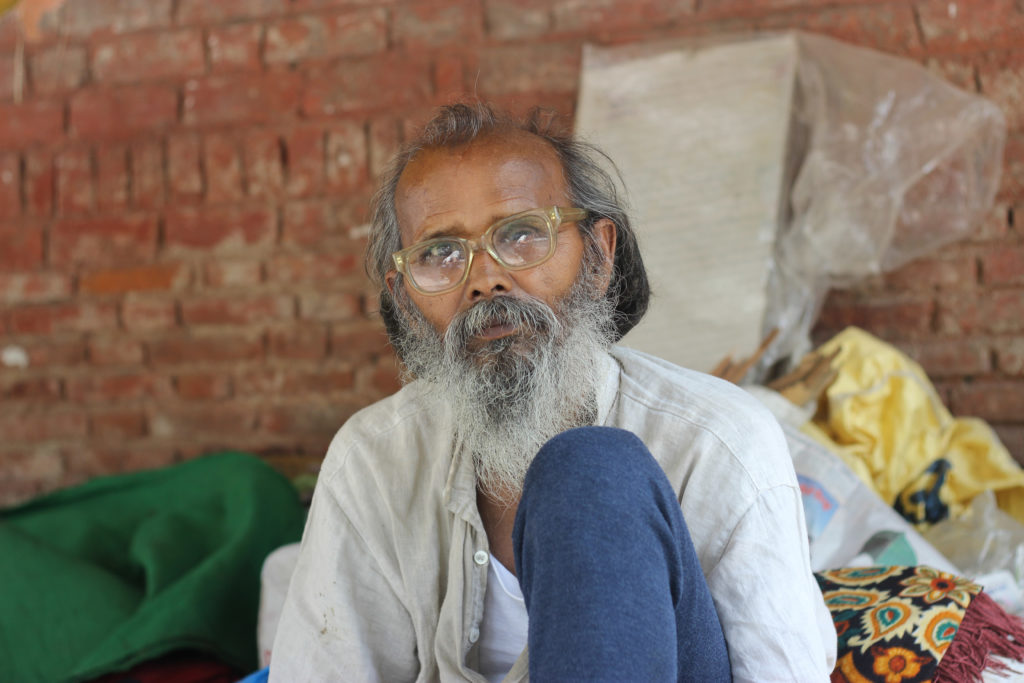
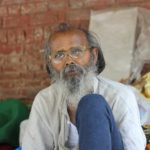
Hirda Santh Samrath Babu, from Madhya Pradesh (Central India), is on a mission to give personally to Indian Prime Minister Narendra Modi some ancient scriptures he calls Samrath Bharath (Capable India), to guide developmental policies.
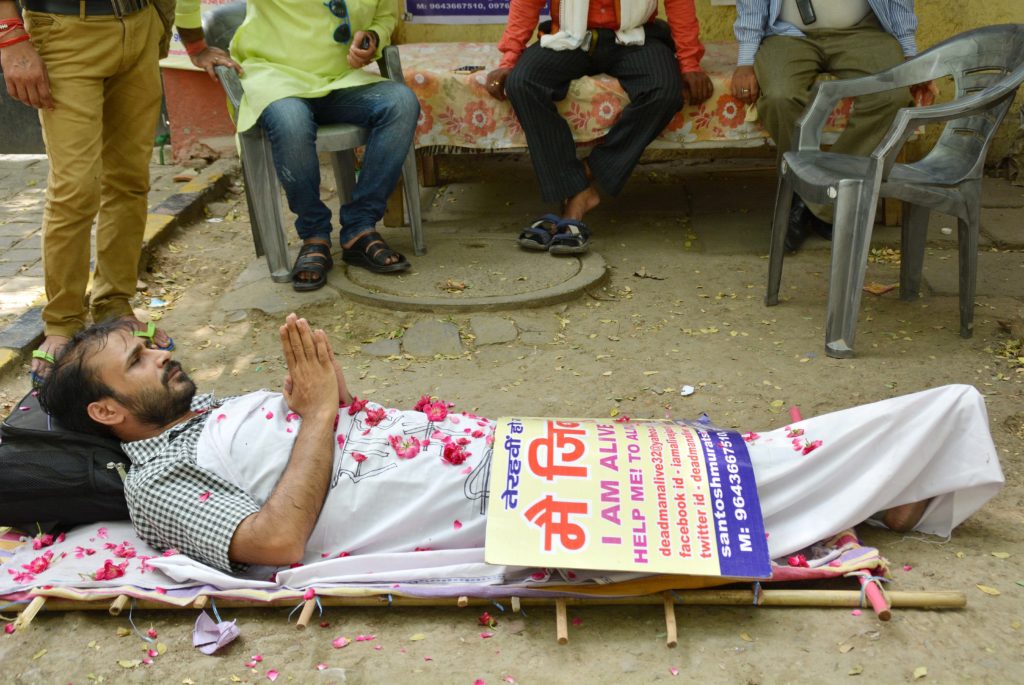
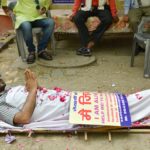
Santosh says he was declared dead by his relative’s to takeover his property, some 10 years back. Since then, he has been visiting government offices to get justice, voicing aloud that he is alive.
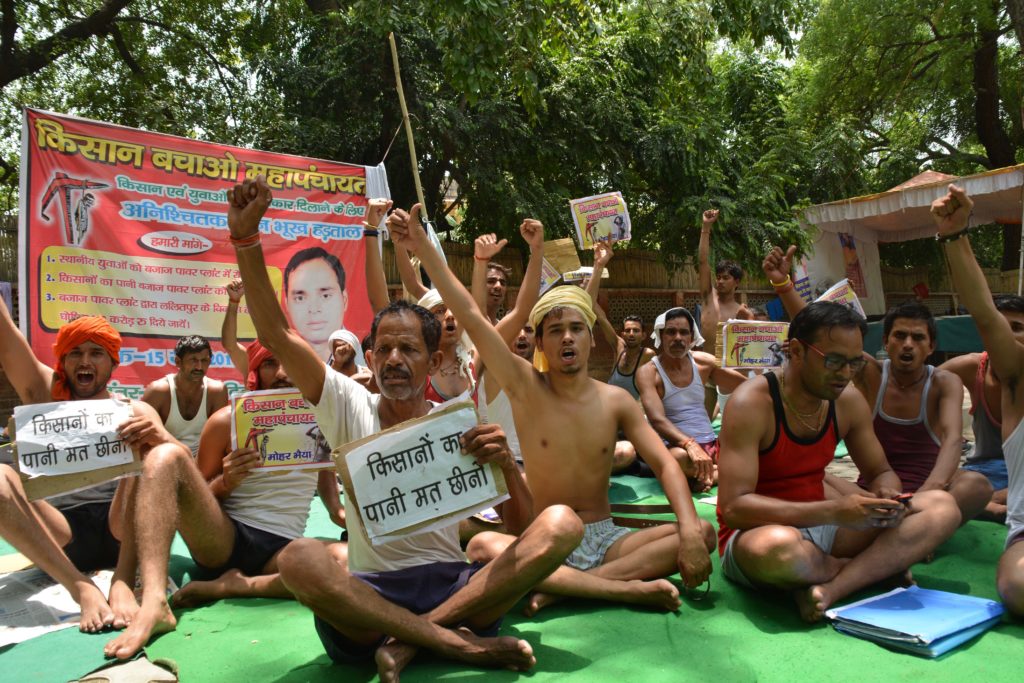
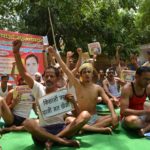
Farmers from Bundailkhand Lalitpur demonstrate against Bajaj Thermal Power which they accuse of using waters of six dams illegally, with the support of the government of Utrakhand (North).
Hundreds of protesters occupy everyday of the year a street in New Delhi, outside of Jantar Mantar, a famous architectural heritage built in the 18th century and featuring 13 architectural astronomy instruments. People throughout India come there to occupy the place, hoping to make their concerns heard by the higher authorities.
The large street has become a second home for many of them. The revendications are varied: some have personal or judicial matters, others want the government or their home State to change their policies. Some people are on a fast, some on an unending protest to make their demands met. For these demonstrators, time does not matter but only their determination to get their issues solved. Here, outside Jantar Mantar, some people have even been protesting for the last 10 years.






















